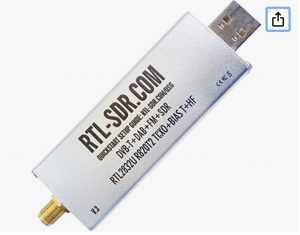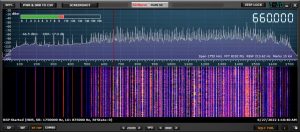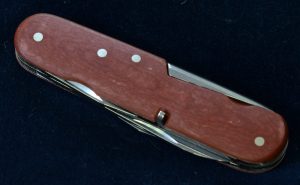 I live in Hurricane country and it is hurricane season. Everyone tells you to have a radio in your storm preparation kit, but they don’t specify WHAT radio but sometimes they will say “Weather” radio. A decent weather radio will set you back $30 or so. But then that doesn’t get you the local news. So an AM/FM/Weather radio that is decent will set you back even more. There are cheaper ones than I just linked, but not cheaper by much.
I live in Hurricane country and it is hurricane season. Everyone tells you to have a radio in your storm preparation kit, but they don’t specify WHAT radio but sometimes they will say “Weather” radio. A decent weather radio will set you back $30 or so. But then that doesn’t get you the local news. So an AM/FM/Weather radio that is decent will set you back even more. There are cheaper ones than I just linked, but not cheaper by much.
During Hurricane Florence in New Bern, NC the local TV stations bugged out and the NOAA weather station was damaged and stopped transmitting.
Power was out and there was widespread flooding. And an almost across the board loss of LOCAL communications. At this point you are left with the Ham Radio folks. Also most people probably aren’t aware the AM radio signals can be heard for HUNDREDS OF MILES at night. So if your town loses all communications, the next one over probably didn’t. Or that big city 200 miles away inland didn’t.
Below is the AM band at 1AM from my location in Eastern NC. 660 AM is WFAN in New York and it is coming in crystal clear. It is routine to listen to Louisville, Clevland, New York, Boston, Detroit, Atlanta, Canada, etc. You can see how many signals there are of good strength.

AM Radio at 1 AM Eastern North Carolina
Anyway, even supposing you have a multi-band radio that doesn’t help you when most everything goes off the air. Where are you going to get your information?
Continue reading

 There are not tons of places that can say they have been in business over 100 years, much less 125 years.
There are not tons of places that can say they have been in business over 100 years, much less 125 years.
